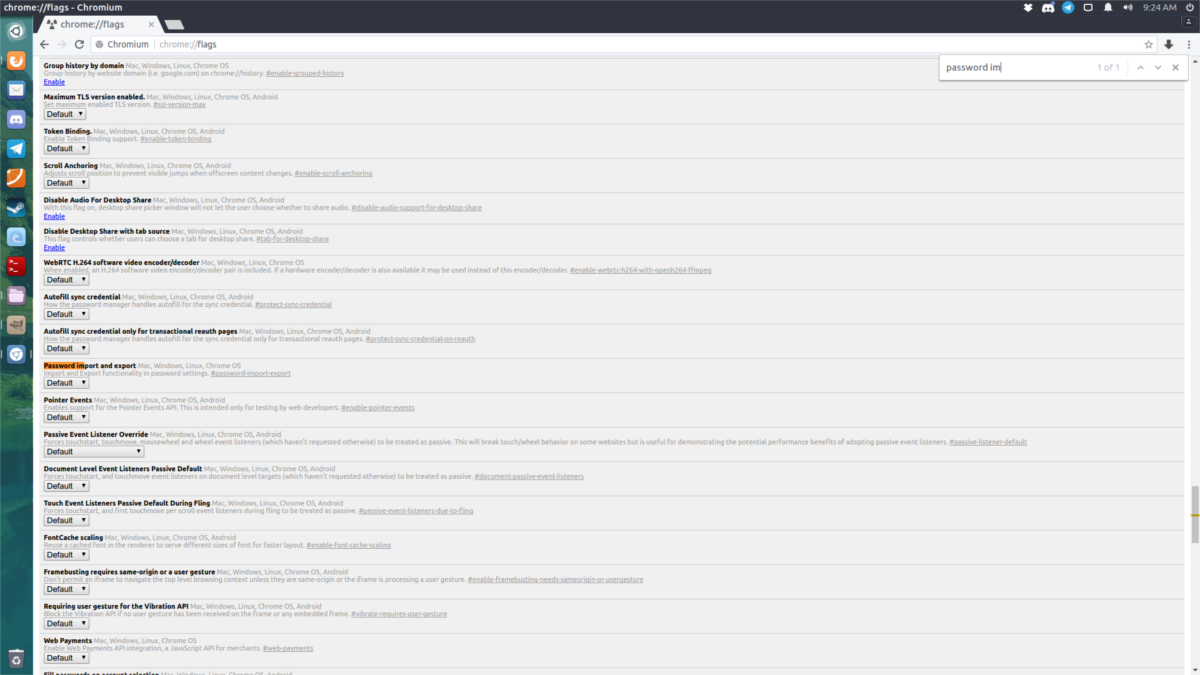There are numerous completely different variations of KeePass. There’s KeePassX, the unique, and KeyPass2. On this tutorial, we’ll be specializing in find out how to set up KeePass 2 in your Linux working system.
Ubuntu
sudo apt set up libmono-system-xml-linq4.0-cil libmono-system-data-datasetextensions4.0-cil libmono-system-runtime-serialization4.0-cil mono-mcs mono-complete keepass2
Debian
sudo apt-get set up libmono-system-xml-linq4.0-cil libmono-system-data-datasetextensions4.0-cil libmono-system-runtime-serialization4.0-cil mono-mcs mono-complete keepass2
Arch Linux
sudo pacman -S keepass
Fedora
sudo dnf set up keepass
OpenSUSE
sudo zypper set up keepass
Different
KeePass 2 is fairly in style, attributable to it’s plugin assist and the huge quantity of cellular apps and browser extensions that work with it. In consequence, customers on just about any Linux distribution can get a replica of it put in. To get it working in your system, open your bundle supervisor (or software program retailer), seek for KeePass2, and set up it.
Exporting Passwords
To make a KeePass2 password database, you’ll must import passwords. For a considerable amount of Linux customers, this implies exporting the passwords saved immediately inside Google Chrome/Chromium or Firefox. On this part of the tutorial, we’ll present you find out how to export the passwords saved within your browser, and save them to a file for importing into a brand new KeePass2 database.
Chrome/Chromium
Google Chrome has a fairly first rate password administration function. Passwords are to passwords.google.com, and all your personal knowledge is within the fingers of Google. This works for most individuals, however in the event you’re seeking to get away from Google, and transfer on to KeePass2, right here’s the place to begin.
First, go to the tackle bar and enter: chrome://flags/
This opens up the experimental browser flags web page. From right here, you’ll must search for the password Import/Export function. Scroll by the lengthy checklist. Alternatively, press Ctrl + F and sort “Password import and export“.
Click on the allow button to show the Import/Export function within the browser on.
Subsequent, discover “Enable Material Design settings” and set it to “disabled”.
After turning the function off, Chrome will immediate you to re-launch the browser. Click on the re-launch button.

When the browser re-opens, open settings and sort chrome://settings/passwords?search=passwords within the tackle bar. Click on the export button and save the passwords database as a CSV file in your Linux PC.
Firefox
Not like Chrome, Firefox doesn’t have any capacity — at the least natively — to export passwords. To accomplish this process, you’ll first need to install an addon. As soon as put in, go to the Firefox addons space, discover “Password Exporter” and click on the choice button.
This brings up the Password Exporter fundamental window. From right here, it’s doable to export all your passwords. Click on “Export Passwords”. This grabs all saved passwords and places them in an XML file.
Word: do you save all your password knowledge within LastPass? Follow the LastPass official instructions to export your passwords.
Importing Passwords
Earlier than importing passwords, you’ll must make a brand new KeePass database. Press Ctrl + N to create (and save) a brand new database.
After making a brand new database, you’ll must arrange a grasp password. Go to this website and generate a safe password. Then, take the password and enter it into the grasp password window.
After coming into a safe grasp password, examine the field subsequent to “Key file”, after which click on the create button to make a brand new key file. That is necessary, because it provides a bit of additional safety. When each the important thing and grasp are arrange, press the OK button to get began.
Import your password database by clicking File > Import.
Chrome/Chromium:
To import the Chrome password database, click on on “generic CSV” database.
Firefox:
To import the Firefox Password Exporter database, click on on Password Exporter XML.
Syncing Passwords
In case you have a number of computer systems, one of the simplest ways to sync the password database is to put in Dropbox. Place the password database and key inside your Dropbox folder and level KeePass to it. This fashion, every change made to the password database (including and eradicating new passwords, and so on) will immediately sync throughout computer systems. This successfully makes your native password database “cloud-based”. In case you’re not comfy with Dropbox, take into account one thing like NextCloud.
Utilizing KeePass In Browsers
The KeePass setup works high-quality by itself, however if you wish to tightly combine your native database along with your browser, right here’s find out how to do it. First, enter the KeePass listing:
cd /usr/lib/keepass2
or
cd /usr/share/keepass
Word: Ubuntu and and so on use the primary one, and Arch Linux customers use the second. Attempt each areas to be protected.
Contained in the KeePass2 location, make a plugins folder, and obtain the HTTP plugin.
sudo mkdir Plugins sudo wget
Then, change the permissions of the plugin in order that this system can appropriately entry it.
sudo chmod 644 KeePassHttp.plgx
From right here, set up a browser extension. There are numerous completely different ones for Chrome and Firefox too. That being mentioned, probably the most easy one out there’s in all probability KeePassHelper. It makes coming into passwords a simple course of.
Get KeePassHelper for Firefox or Chrome/Chromium. When the add-on installs, it’ll detect the unlocked password database and mechanically fill out login information for you!
Conclusion
With password managers it turns into a lot simpler to maintain monitor of difficult passwords. That mentioned, most fashionable password managers shouldn’t be trusted. The explanation? You must by no means belief anybody along with your passwords however your self. With KeyPass, every part is safe, and solely you may unlock it. Positive, different firms would possibly declare that they don’t have a look at your passwords, or promote your utilization knowledge, however we’ll by no means know the reality. That’s why it’s in all probability greatest to roll your individual answer!
